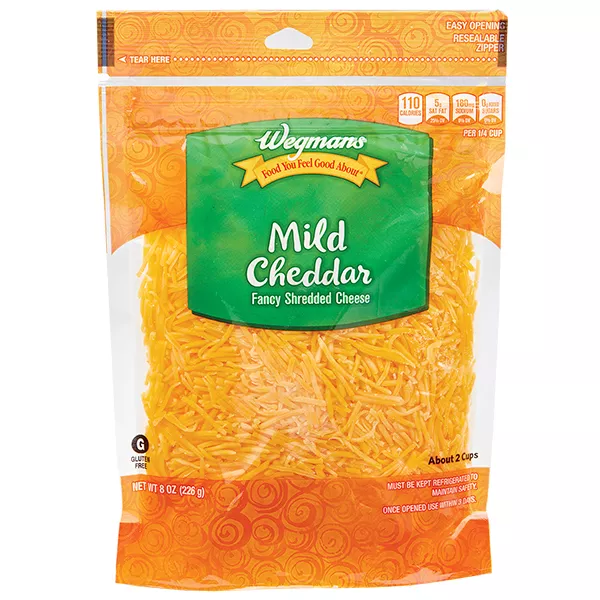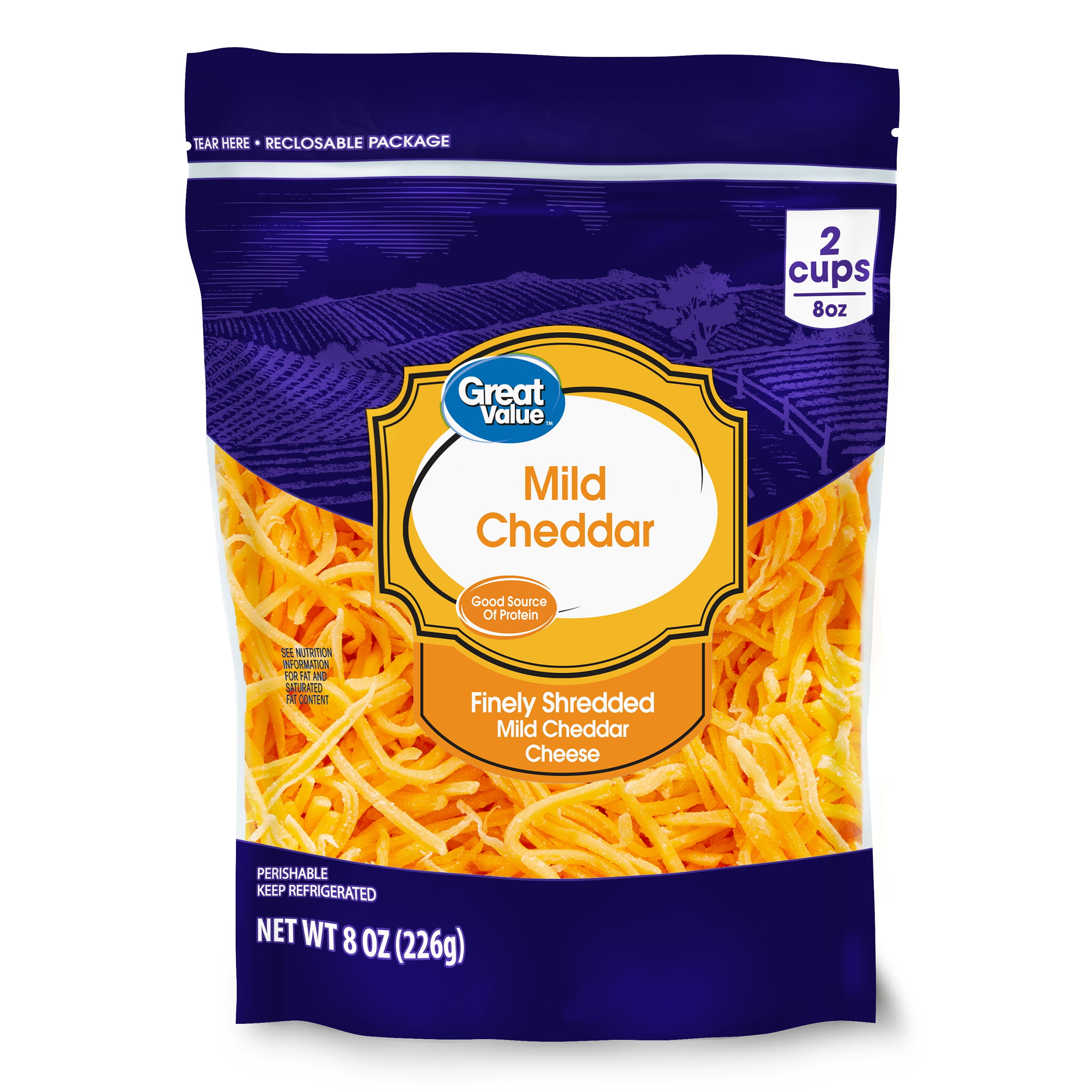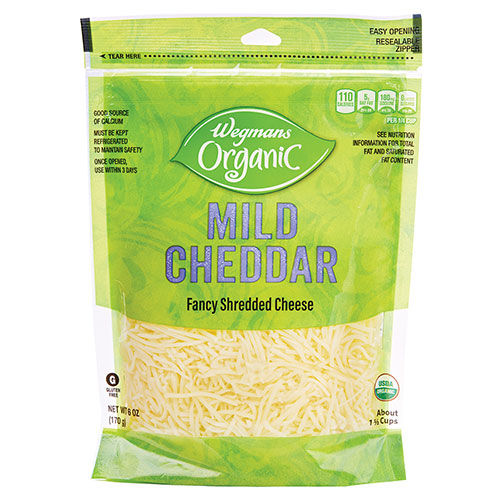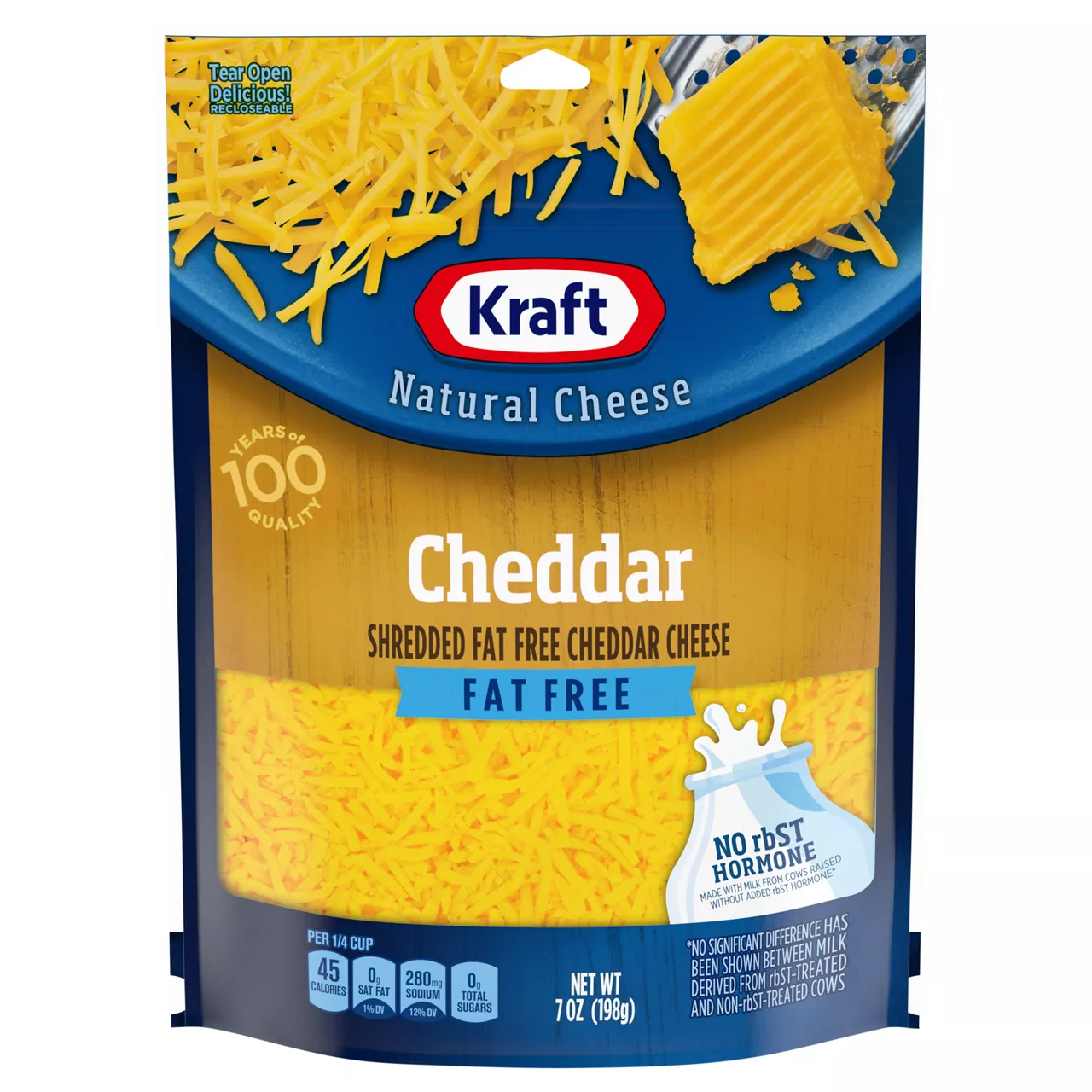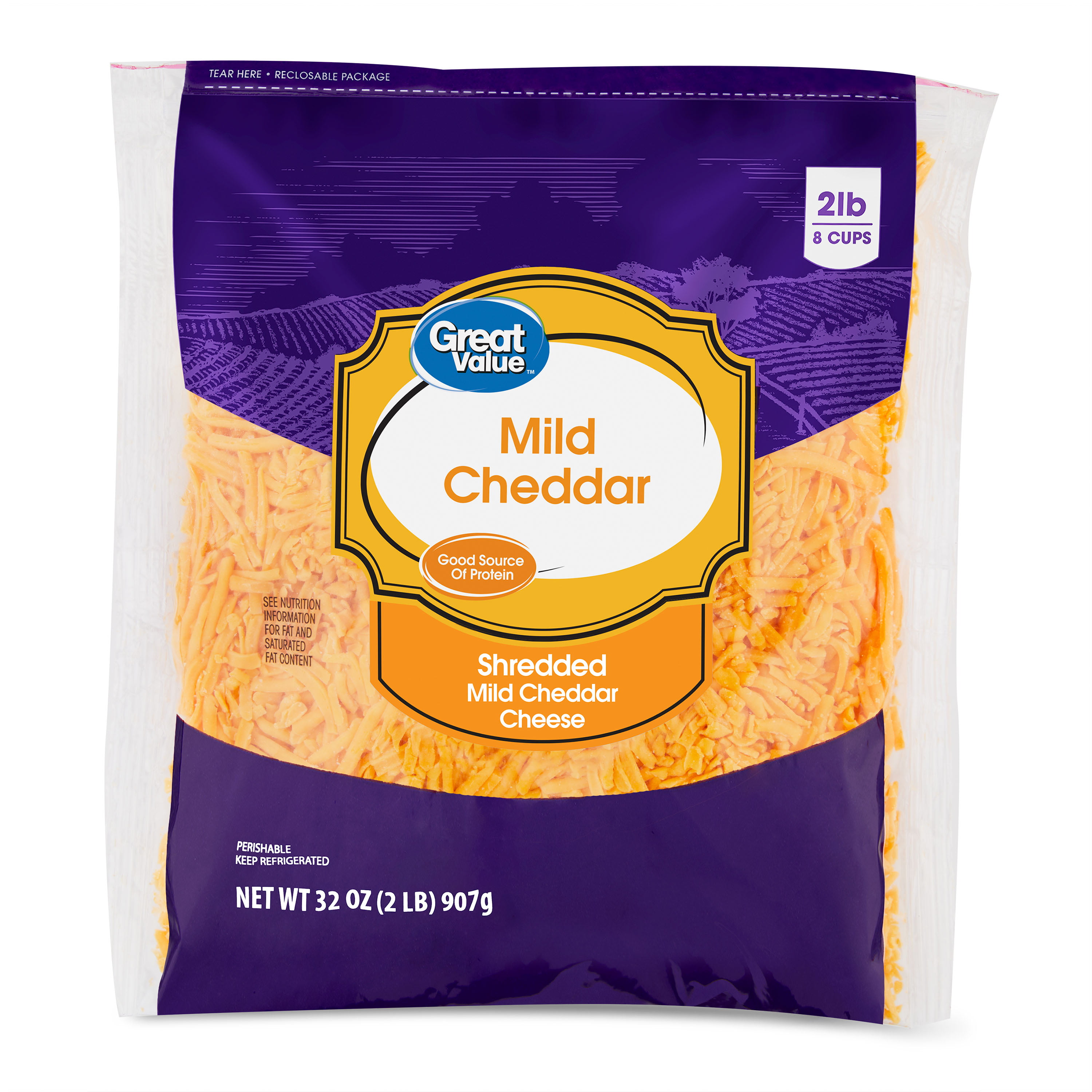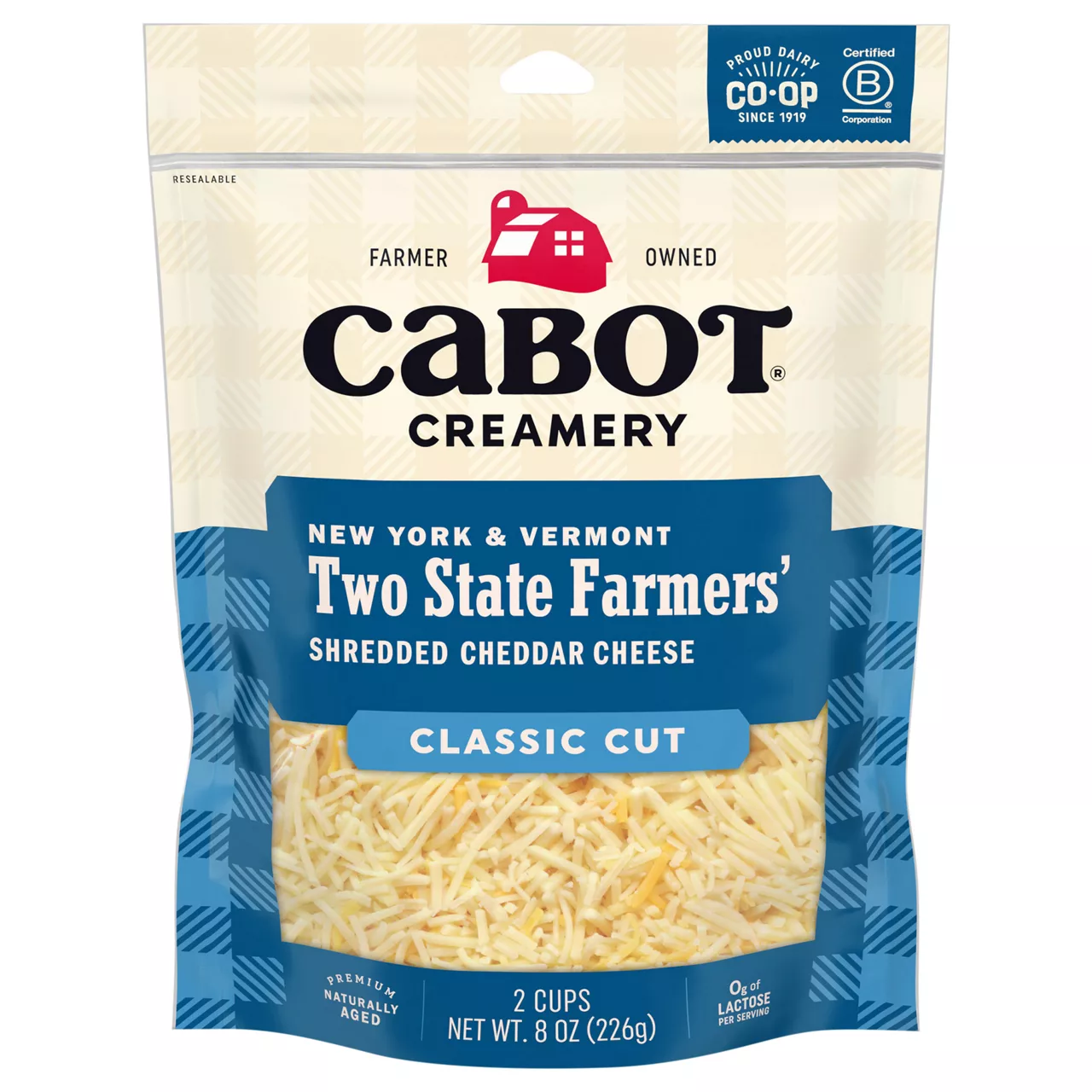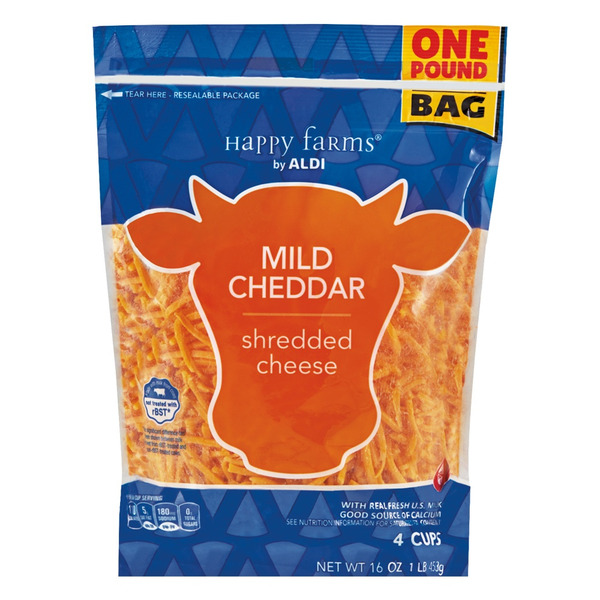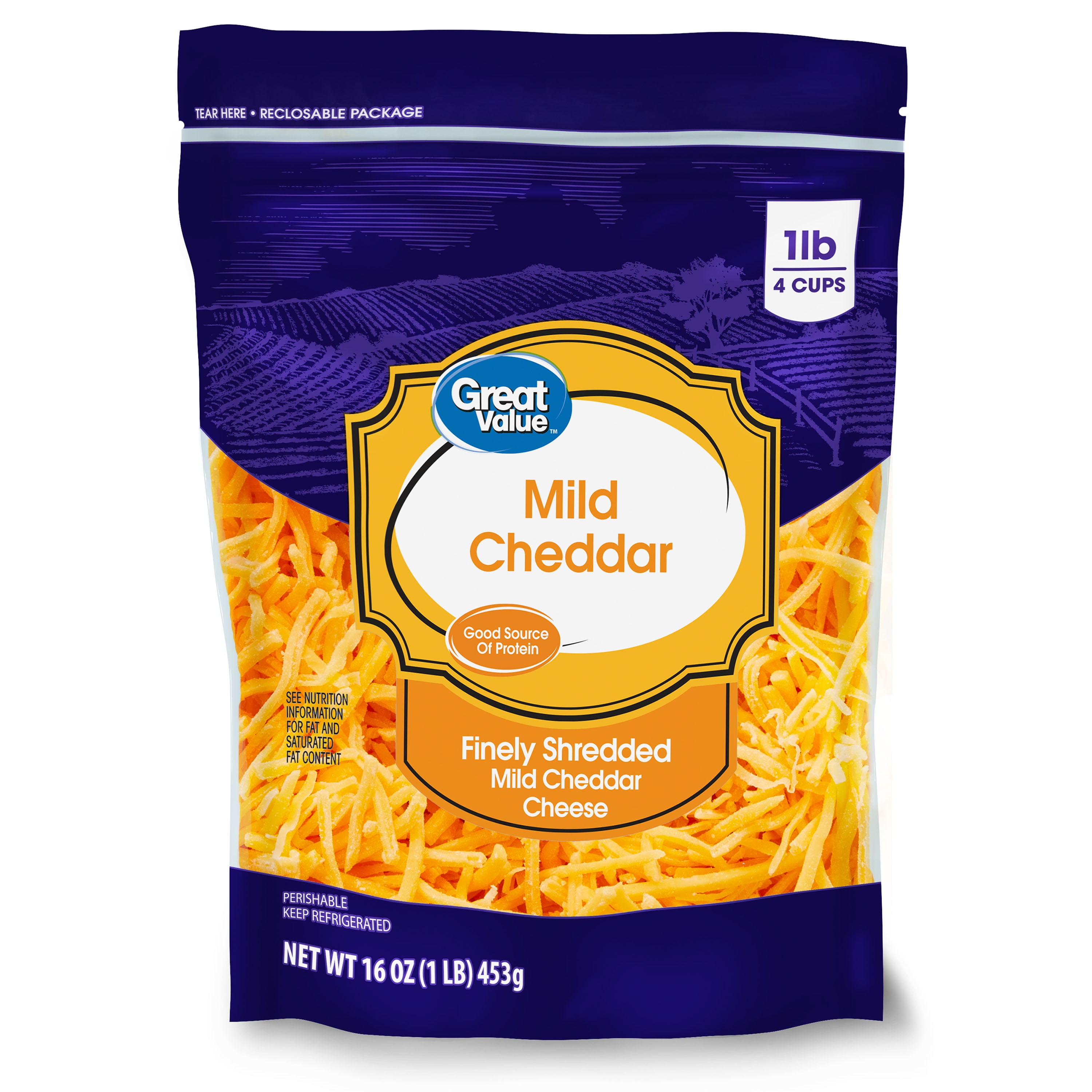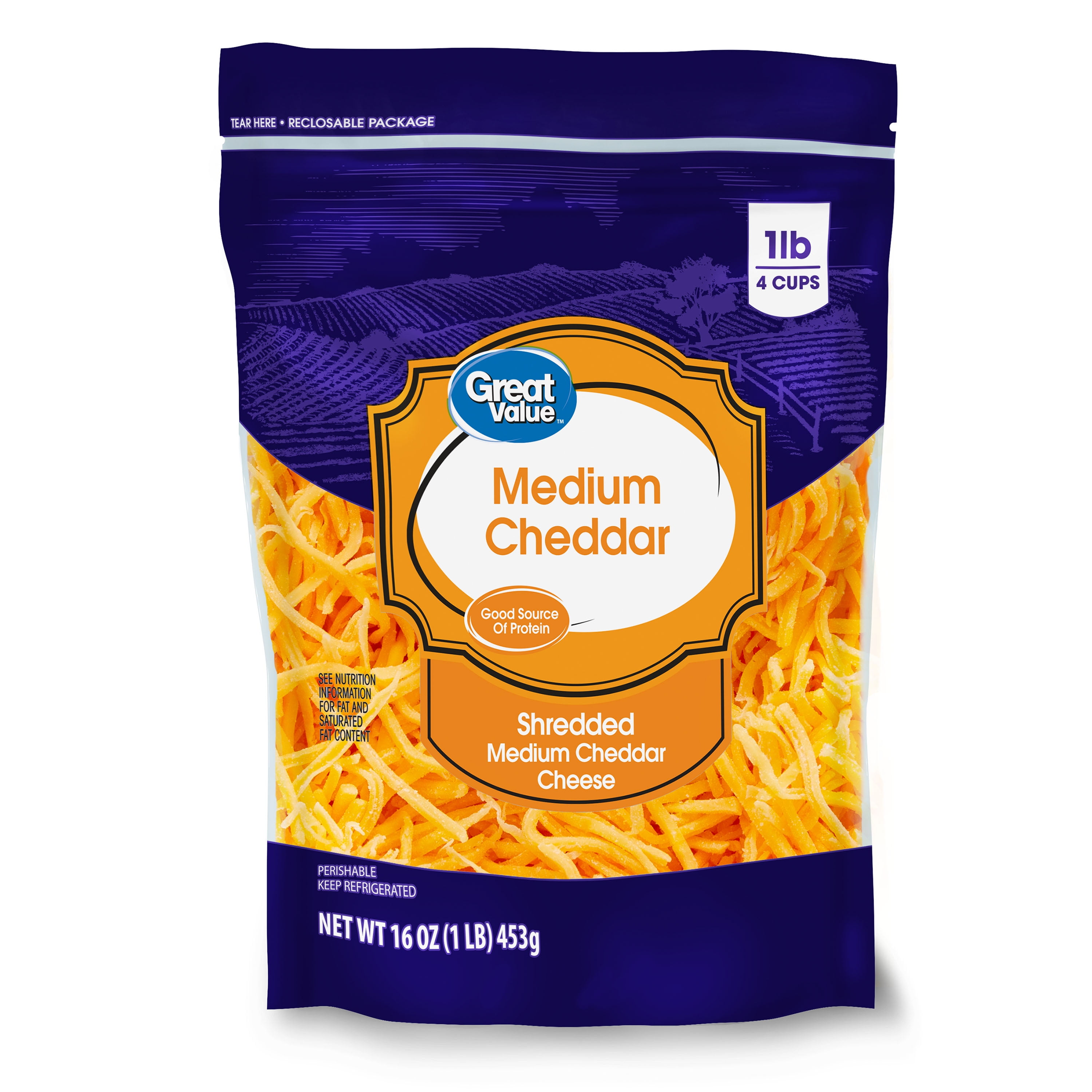Shredded Cheddar Cheese
Shredded cheddar cheese is a versatile and popular dairy product made from cheddar cheese that has been finely grated or shredded. Cheddar cheese, originally from the village of Cheddar in Somerset, England, is a firm and relatively hard cheese, varying from mild to extra sharp, depending on the aging process. The shredding process increases the surface area of the cheese, allowing for quicker melting and blending in recipes.
Commonly used as a topping or ingredient in a variety of dishes, shredded cheddar cheese adds flavor, creaminess, and a gooey texture. It is often found in recipes such as nachos, macaroni and cheese, baked potatoes, casseroles, and soups. The convenience of pre-shredded cheddar cheese makes it a time-saving choice for busy home cooks.
6%
CARBS
53%
FAT
41%
PROTEIN
1,112 Shredded Cheddar Cheese Products
Wegmans Mild Cheddar Fancy Shredded Cheese
Great Value Cheese, Finely Shredded, Mild, Cheddar
Wegmans Organic Mild Cheddar Fancy Shredded Cheese
Kraft Natural Cheese, Cheddar, Shredded, Fat Free
Great Value Mild Cheddar Shredded Cheese
Two State Farmers' New York & Vermont Shredded Cheddar Cheese
Wegmans Reduced Fat Fancy Shredded 2% Milk Mild Cheddar Shredded Cheese
Happy Farms Shredded Mild Cheddar Cheese
Great Value Mild Cheddar Finely Shredded Cheese
Great Value Shredded Medium Cheddar Cheese
Used In 821 Recipes
3
Cheesy Fiesta Tamale Skillet
6
Savory Beef and Broccoli Cauliflower Casserole
4
Cheesy Chicken Bacon Ranch Broccoli Bake
3
Cheesy Broccoli and Bacon-Stuffed Chicken Bake
3
Cheesy Chicken Bacon Ranch Penne
5
Cheesy Salsa Verde Chicken-Stuffed Bell Peppers
4
Comforting Chicken and Broccoli Rice One-Pot Wonder
6
Savory Layered Enchilada Bake
Shredded Cheddar Cheese Is Frequently Used With
Shredded Cheddar Cheese FAQ
When it comes to cooking with shredded cheddar cheese, the most common questions often relate to melting it properly, preventing it from clumping, and selecting a quality product. Many people struggle to achieve a smooth and creamy consistency when melting shredded cheese. This is often due to the high heat, which can cause the cheese to separate into its components: casein (protein) and fat. To avoid this issue, it's advisable to use gentle heat.
Also centrally important is the knowledge that prepackaged shredded cheddar cheese usually contains additives like anti-caking agents which help in retaining the shreds' separate form. While convenient, this could affect the cheese's melting properties and overall taste. For those keen on optimum taste, shredding your own cheddar cheese may be the best option.
Maximizing the full use of shredded cheese can be achieved in various ways. One important tip is to bring the cheese to room temperature before using it in cooking. This simple trick helps the cheese melt faster and evenly, thereby reducing cooking time and preventing the cheese from burning or becoming rubbery. Remember, cheddar cheese produces a stronger flavor and creamier texture, making it a great addition when one desires a rich cheesy flavor.
Why won't my shredded cheddar cheese melt?
Why does my shredded cheddar cheese keep clumping?
Does the sharpness of cheddar cheese affect cooking recipes?
Can I use shredded cheddar cheese instead of sliced in sandwiches?
Can you freeze shredded cheddar cheese?
Is pre-shredded cheese as good as freshly shredded cheese?
Does the type of cheddar cheese affect the outcome of my dish?
Why is my melted cheddar cheese gritty?
Why does my shredded cheese smell bad?
Can I use cheddar cheese in place of mozzarella in a recipe?
Expiration & Storage Tips
When does shredded cheddar cheese expire?
Unopened shredded cheddar cheese usually has a 'sell by' or 'best by' date printed on the package; this typically gives you a good idea of its shelf life. In general, once it's unopened, it will last 1-2 weeks beyond this date in the fridge. Once you open the bag, it's best to consume the cheese within 1-2 weeks. For a long-term option, shredded cheese freezes quite well! When properly stored in the freezer, it can extend its life for up to 6 months. To defrost frozen cheese, transfer it to the refrigerator overnight. It will maintain its texture better if you thaw it slowly this way. However, its quality and texture might not be exactly the same as it was prior to freezing. It could be a bit crumbly and is best used melted in cooking or baking.
How do you tell if shredded cheddar cheese is bad?
Spoiled shredded cheese can exhibit several telltale signs of spoilage: an off smell, discoloration, and mold. Cheese that has gone bad often smells sour or even costic and unnatural. If you notice any blue, green, or black spots or have a strong, unbearable smell, it's best to discard it. Another sign of spoilage is if the cheese has started to harden or dry out; this is nature's way of telling you it has lost its freshness. With shredded cheese, discoloration could be harder to spot due to the small size of the shreds, but a sniff test and checking for any discolored or moldy shreds should help.
Tips for storing shredded cheddar cheese to extend shelf life
• Store opened cheese in an airtight plastic bag or container, squeezing out as much air as you can. Air speeds up mold growth.
• Freezing shredded cheese can extend its shelf life, just be sure to store it in airtight bags with all the air squeezed out.
• Don't store cheese with strong-smelling foods. As a cheese breathes, it will absorb other odors and begin to taste like those items.
• Store cheese in the coolest part of your refrigerator, usually the bottom drawer. Temperature fluctuations can affect its flavor and consistency.
EXPIRES WITHIN
3 - 5
MONTHS
Equivalents
Substitutes

Extra Sharp Cheddar Cheese

Aged Cheddar Cheese
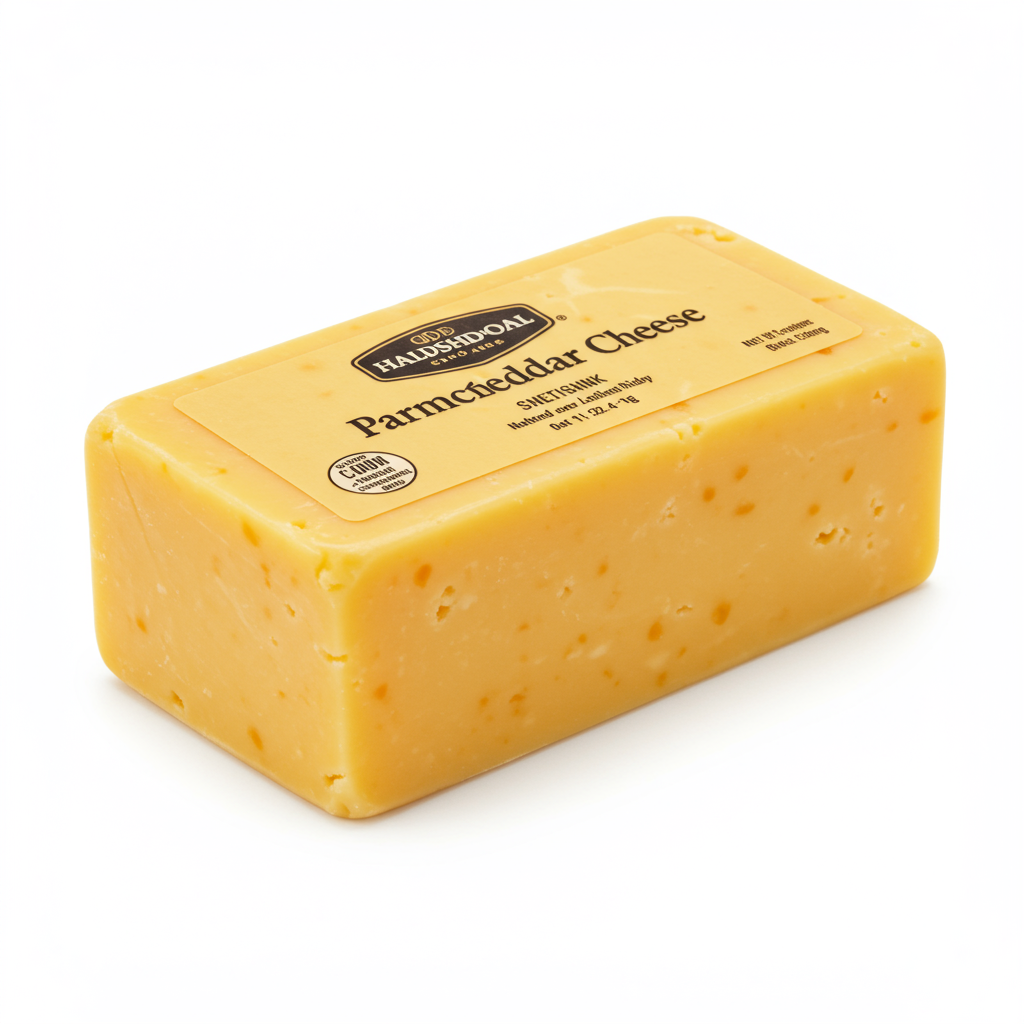
Parmcheddar Cheese

Raw Milk Cheddar Cheese

Sharp White Cheddar Cheese

White Cheddar Cheese

Irish Cheddar Cheese

Shredded White Cheddar Cheese

Sharp Cheddar Cheese

Aged Sharp White Cheddar Cheese
See All
Health Info
Macros
4g
CARBS
36g
FAT
28g
PROTEIN
Allowed on these diets
LOW FAT
HIGH CALCIUM
VEGETARIAN
KETO
MEDITERRANEAN
LOW CARB
GLUTEN FREE
Contains these allergens
MILK

